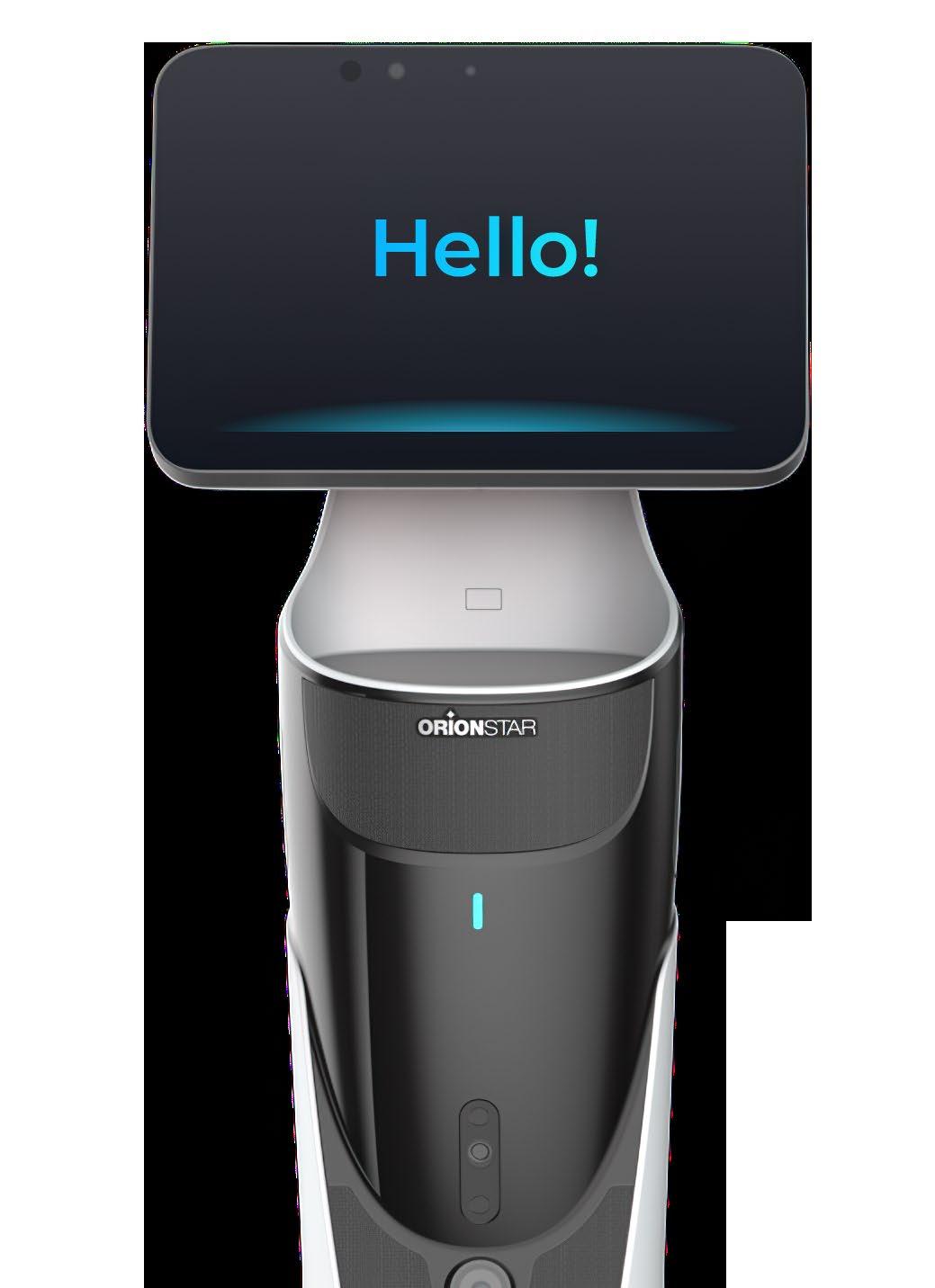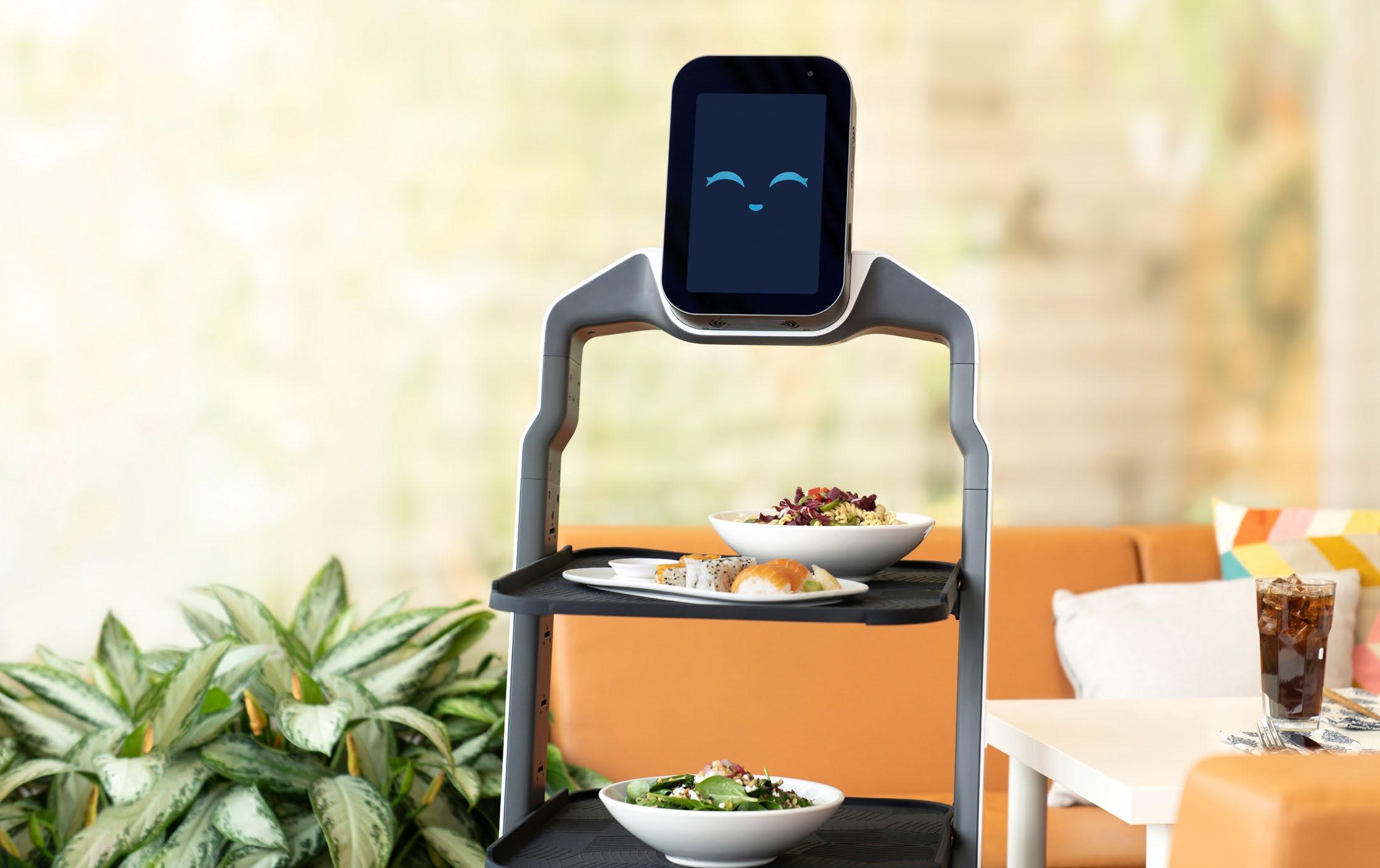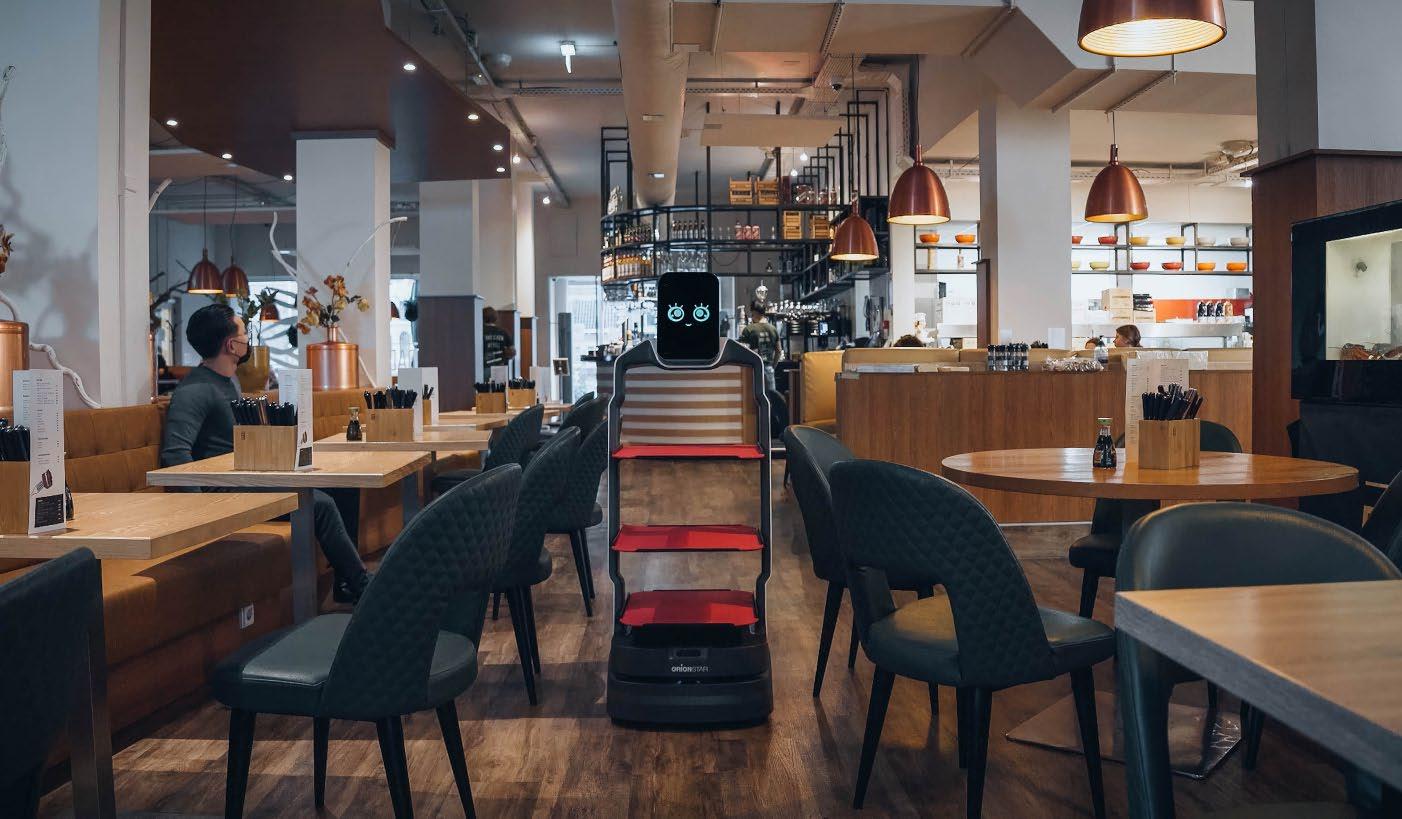
4 minute read
HiROBOT
Ask anyone in the foodservice industry, and they’ll tell you they’re struggling with a labour shortage.
THE NATIONAL RESTAURANT association reported that, as of last spring, the number of job vacancies in restaurants was 6.4 per cent above pre-pandemic levels. Now that customers are back in full force, restaurants are facing a choice: Either learn to live with the labour shortage or find lessons from it and take action.
Advertisement
The labour shortage has certainly taught a lot. For example, we learned that people aren’t necessarily eager to work long hours for low wages doing tasks that, frankly, aren’t a lot of fun. So what can we do about it? Well, a lot of restaurants are investing in automation to help handle those less-appealing tasks. Yes, it’s now a reality that you can see robots in restaurants.
But before we start panicking about how technology is stealing our jobs, let’s remember that these are jobs that people aren’t commonly showing interest in anymore. And if we can find a way to see robots as our partners and collaborators, we might be able to view the labour shortage as an opportunity. With the help of robots, we could eliminate the labour shortage, cut down on labour costs, and at the same time increase efficiency, productivity, and even customer satisfaction.
Actually, robots in restaurants have been a reality for more than 30 years now. Many kitchens already use blenders and fryers, and ordering kiosks that are executed through robotics. Those kiosks are earning rave reviews as customers find them more precise with ordering, credit card processing, and change making. And since robots don’t feel skittish about upselling, restaurants with kiosks report sales surges of up to 30 per cent.

Kiosks in the dining room are just the beginning. Larissa Lazare, Marketing Manager at the Browne Group, says service robots are now making their way into Canadian restaurant dining rooms. Browne recently introduced iAssist, a service robot that helps deliver food from the kitchen to the customer. “The food gets cooked on the kitchen line and the expeditor loads it onto the iAssist,” she says. “You program the robot with which table to go to and off it goes.”
Early adopters include sushi restaurants and chains, and, Lazare says, the iAssist is proving popular in all of them. “A lot of families are coming to those restaurants just for the WOW factor of the robot,” she says. “It’s Android-based, so you can program it to dance, play games and sing Happy Birthday. Kids love it. People love the robots.” And they aren’t the only ones. A recent Toast Lab survey revealed that a whopping 73 per cent of diners found that robotic technology improves their dining experience.
Not only does it enhance the customer experience, Lazare says it also enhances the work experience. “People worry that it will eliminate jobs, but that’s a myth,” she says. “It allows you to move positions like food runner or busser into more productive, more satisfying roles.” Wait staff love it too, because it makes their lives easier. They load up the food on the iAssist and can deliver to up to four tables at once. It’s much less exhausting.

And when the Browne Technology iAssist Robot Server has a battery life of 12 to 15 hours, you’ll be able to rely on their service for the longest shifts and the busiest days. Plus, you’ll never have to find coverage since the iAssist Robot can’t call in sick or simply not show for their shift! It’s one of those investments that restaurant owners and operators will continue to depend on, seeing its value time and time again.
Anyone in the foodservice industry can attest to the fact that an extra set of hands to assist with certain tasks would be a welcomed addition – and although adding a robot to the team would give an extra pair of feet to help run from kitchen to table, it would be just as helpful!








